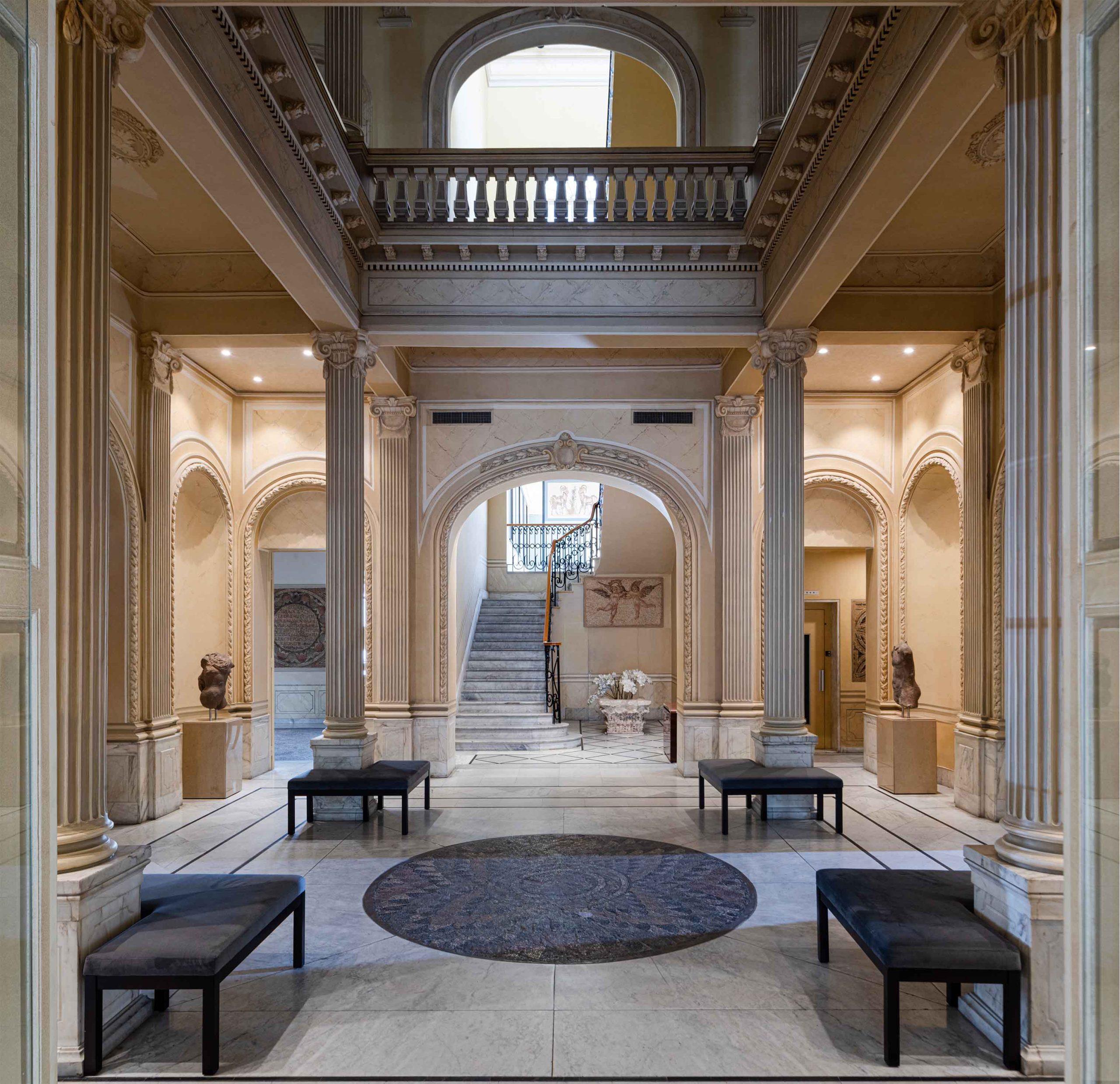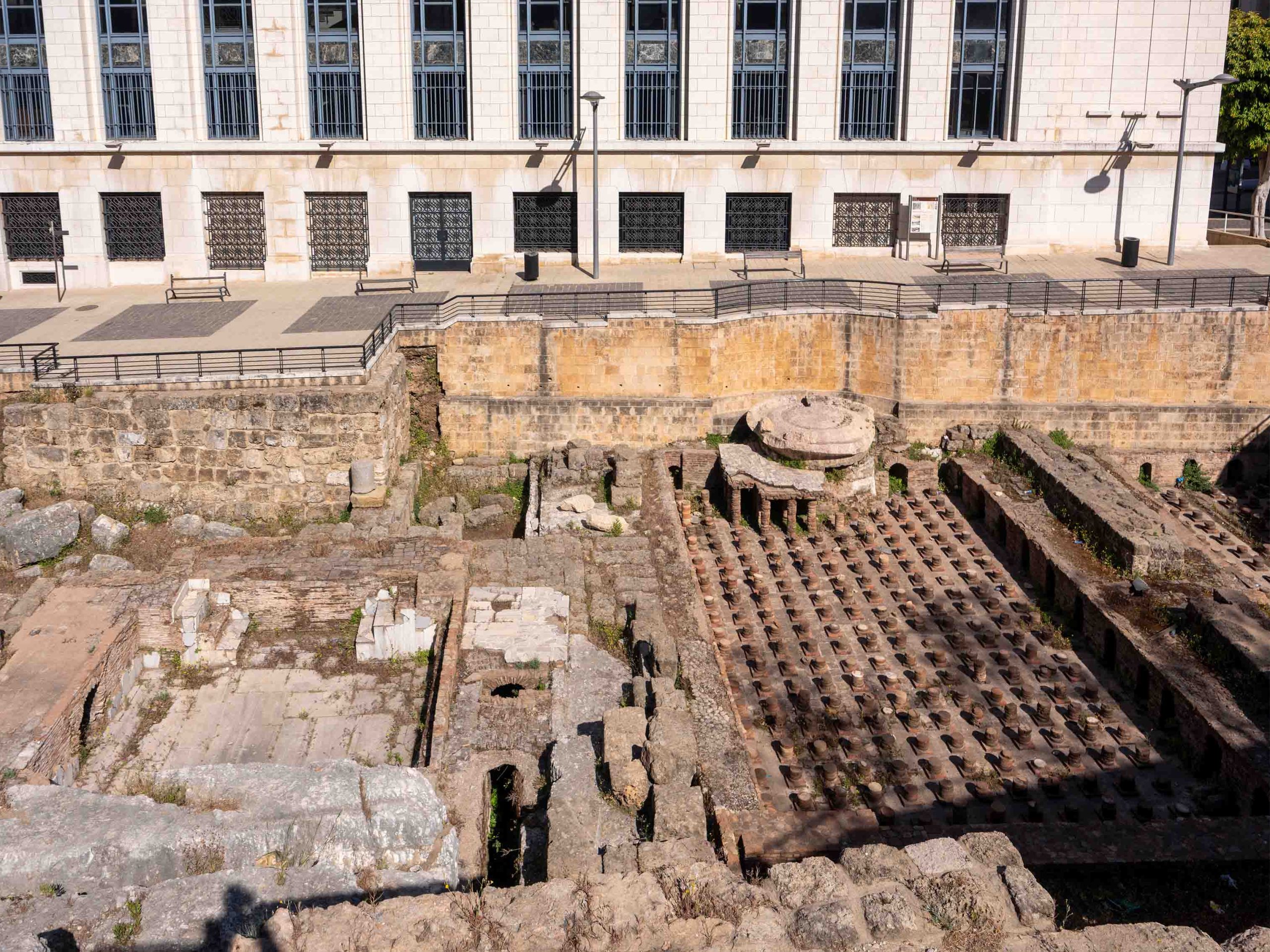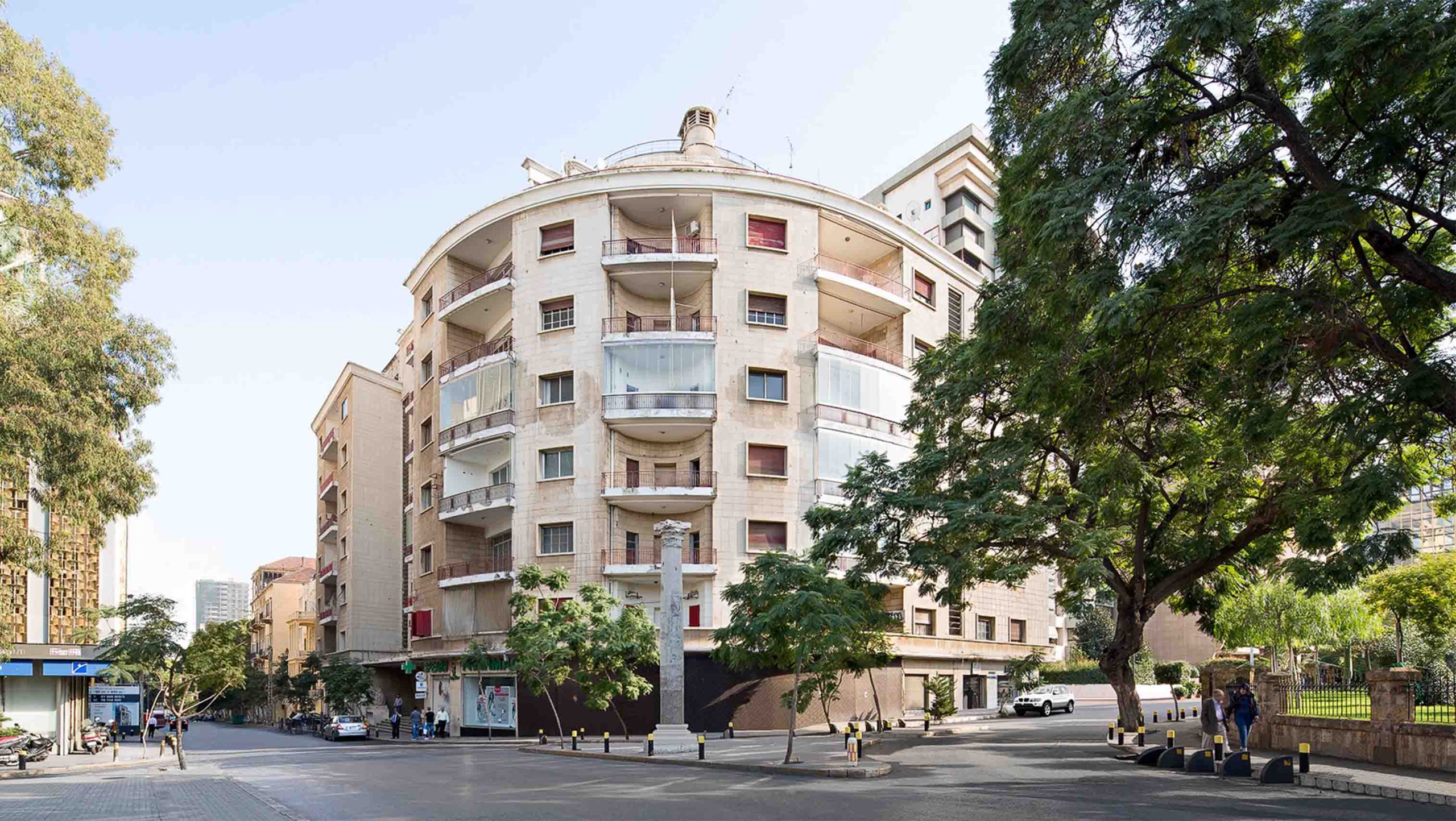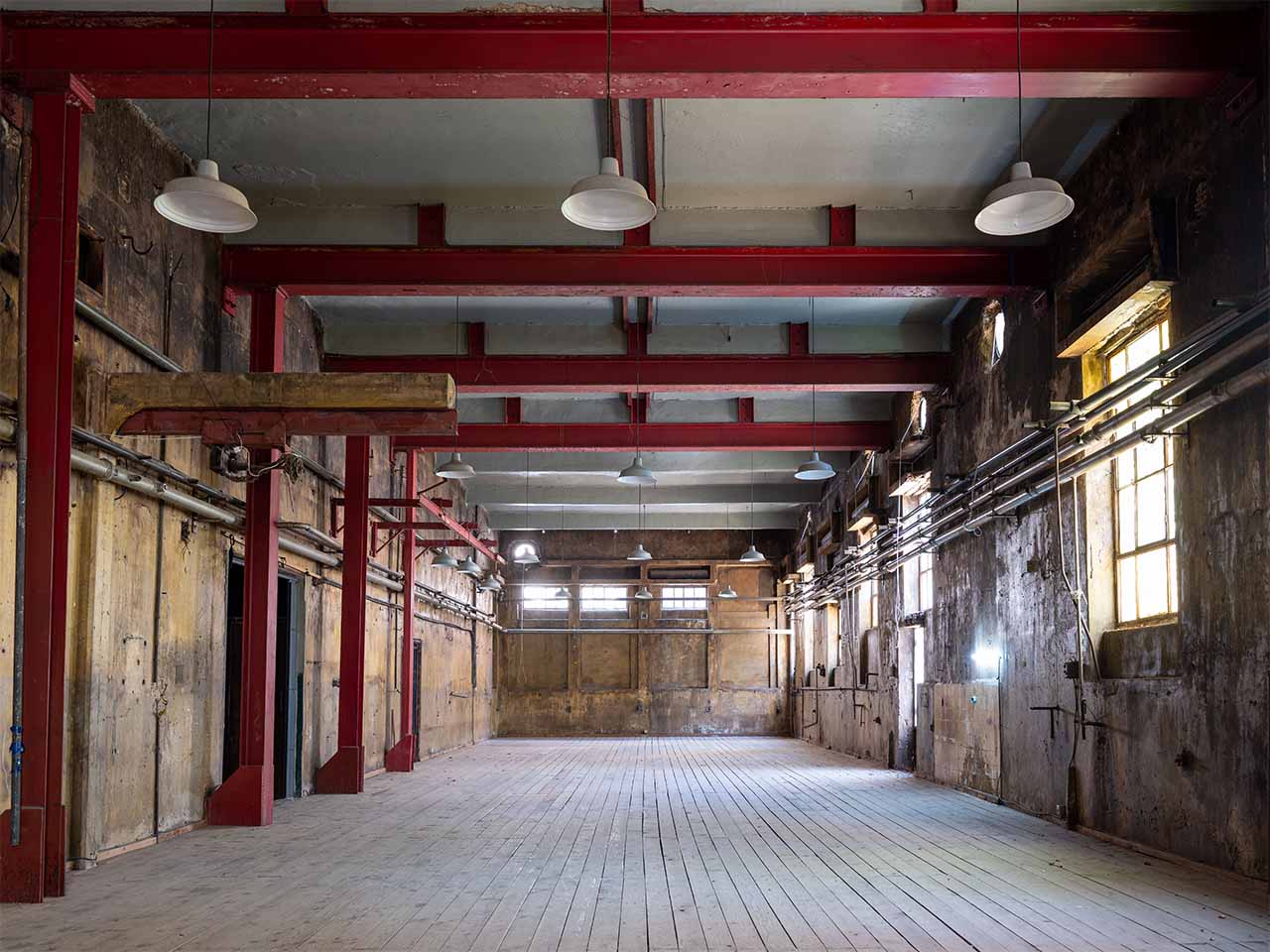We Design Beirut is one week away from transforming into a living canvas. Five landmark locations, each carrying its own intimate history with Beirut, will open as spaces for reflection, re-imagination, and rediscovery of a city ridden with triumphs and disappointment. Here’s a closer look at what to expect at each location during We Design Beirut.

Villa Audi – Charles Malek Avenue
In this location, Totems of the Present & the Absent will be on view daily from 11AM to 9PM. The exhibition is curated by Gregory Gatserelia, founder of SMO Gallery celebrating his vision and ongoing influence on the region’s design landscape. As the title of the exhibition indicates, emerging and established designers from Lebanon and abroad each reimagine reimagines the idea of a totem – a symbol of presence, memory, and imagination – reflecting Beirut as it is, as it was, and as it could be. Set within the villa’s Ottoman and European architecture, the exhibition unfolds as a dialogue between past and present, where contemporary design encounters the layered histories embedded in the space.
Additionally, a panel discussion titled Exploring Design Myths and Memory will take place on Thursday, 23 October at 3:00 PM. It gathers Gregory Gatserelia, Jacopo Foggini, Serge El Douaihy, and Saria Majdalani and moderated by Christopher Pierce, to reflect on how memory, myth, and material shape the narratives embedded within design.

Roman Baths – Downtown Beirut
Opening daily from 11 AM to 9 PM, Of Water and Stone transforms Beirut’s Roman Baths into a site of reflection and renewal. Curated by Nour Osseiran and produced by Stones by Rania Malli with the support of Solidere, the exhibition presents large-scale marble works that respond to the ancient site’s history of cleansing and communion. Built in the 1st century AD, the baths once served as spaces of gathering and healing – a legacy reimagined here through contemporary design. Each piece engages marble as both material and metaphor, bridging antiquity and modernity to explore how ritual, water, and stone shape collective memory.
 Burj El Murr – Downtown Beirut
Burj El Murr – Downtown Beirut
Design “In” Conflict brings together student projects from nine universities across Lebanon, presented within the unfinished skyscraper that has come to symbolise Beirut’s complex relationship with war and memory. Organised by We Design Beirut and Archifeed founders Teymour Khoury and Yasmina Mahmoud, with collaborators Tarek Mahmoud and Youssef Bassil and the support of Solidere, the exhibition examines how conflict continuously reshapes material, spatial, and emotional realities. Through architecture, design, and art, students position themselves as first responders – working within instability to reflect on how space is inhabited, altered, and redefined through conflict. The exhibition is open daily from 11AM to 9PM, flat shoes are recommended!
On Thursday, 23 October at 11:00 AM, the panel discussion Conflict As A Spatial Condition takes place.. Moderated by Christele Harrouk, the panel gathers Reine Chedid, Batoul Yassine, Shereen Doummar, and Paul Kaloustian to discuss how conflict imprints itself on architecture, space, and the urban psyche.
Union Building – Sanayeh
At this 1950s building, two exhibitions take place over the course of the fair.
A Journey of Light transforms the modernist landmark into an immersive architectural experience. Curated by Karim Nader Studio and Atelier33, the exhibition invites visitors to explore the building during its ongoing renovation, revealing the layers of its history and spirit. Through light, texture, and form, the exhibition uncovers the structure’s scars and resilience, presenting Beirut’s architecture as a living organism that evolves through care and renewal. Light will guide visitors across multiple floors, as it reimagines restoration as a poetic act of illumination. You can visit this installation daily from 5 PM to 11 PM.

Rising with Purpose, the second exhibition at Union Building, brings together a new generation of Lebanese designers under 30 to reflect on design as a response to real human, social, and environmental needs. Led by Karel Kargodorian, Marc-Antoine Frahi, and Miriam Abi Tarabay, the exhibition moves beyond aesthetics to explore purpose and impact in design. Emerging artists present works that challenge the notion of beauty as an end in itself, instead proposing design as a tool for resilience and change. Rooted in context and intention, the exhibition captures the determination of Lebanon’s young creatives to build meaningfully from within.
On Saturday, October 25th at 6:00 PM, the panel discussion titled For A New Golden Age, will bring together Karim Nader, Noura Hakim, Omar Harb, Hind Makary, and Jad Cortas – moderated by Fouad Ghanma – to discuss Beirut’s evolving architectural landscape and the possibilities of building towards a renewed cultural and urban renaissance.
Abroyan Factory – Bourj Hammoud
At this historic landmark, once a textile factory vital to the community, three exhibitions – on view daily from 11 AM to 9 PM – demonstrate how creation, memory, and resistance intersect across craft, material, and image.

Métiers d’Art transforms the Abroyan Factory into a living atelier that celebrates craftsmanship as process rather than product. The exhibition pairs Lebanese artisans with contemporary designers to reinterpret traditional craft through modern form, technique, and imagination. Visitors will encounter live demonstrations and collaborative installations – from glass blowing and clay work to rattan and marquetry – showcasing the movement and rhythm of making. Here, craft is a dialogue between heritage and innovation, between the seen and the felt. It’s an homage to the enduring skill of the hands that shape, weave, and transform raw material into cultural memory.
Threads of Life explores textile as a vessel of memory, identity, and resilience. The exhibition brings together artisans and designers, including Bokja, Inaash, Sarah’s Bag, and Salim Azzam, to showcase Lebanon’s diverse textile traditions through weaving, dyeing, stitching, and beading. Each thread carries a story of endurance and continuity, revealing the scars and beauty of a country in constant repair. By presenting textile as a living language, fragile yet unyielding, the exhibition reclaims craft as both art and archive, connecting the personal and collective through texture, rhythm, and time.
Skin of a City presents a striking photographic dialogue between Lebanese artists Patrick Baz and Anthony Saroufim (Les Indisciplinés). Bridging generations, their work moves beyond conflict imagery to explore intimacy, sensuality, and transformation. Using the body as both subject and metaphor, their photographs confront social and political taboos, revealing vulnerability as a site of freedom. In a society marked by censorship, the exhibition celebrates expression as resistance, depicting the human form not as object, but as language. Skin of a City becomes a space where desire, memory, and defiance intertwine to reflect Beirut’s unspoken layers, its pulse, and its skin.
 Burj El Murr – Downtown Beirut
Burj El Murr – Downtown Beirut